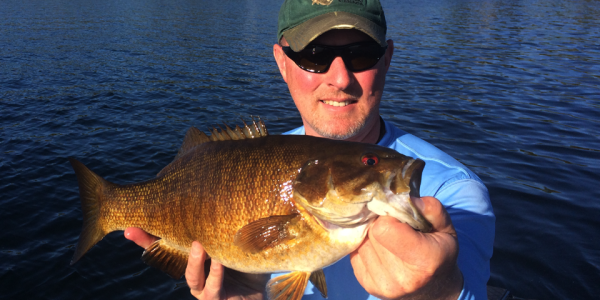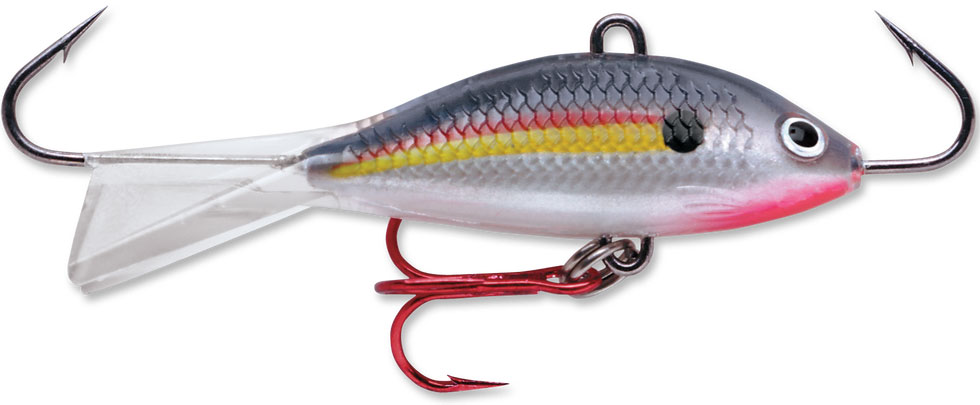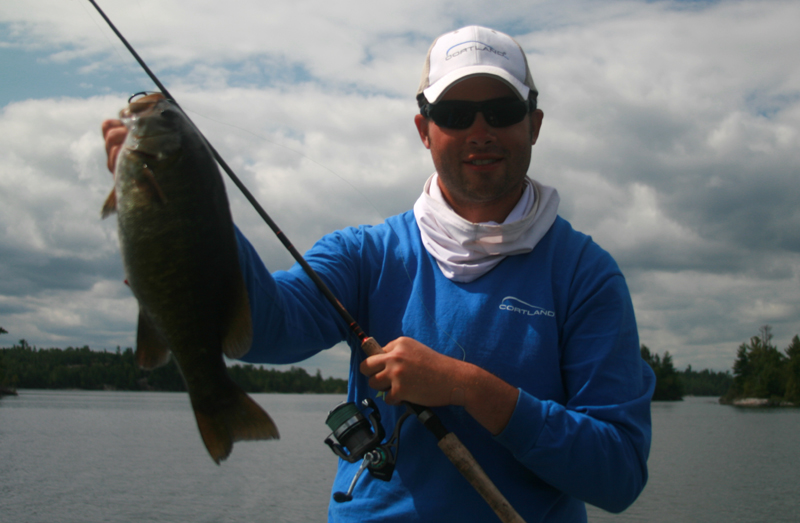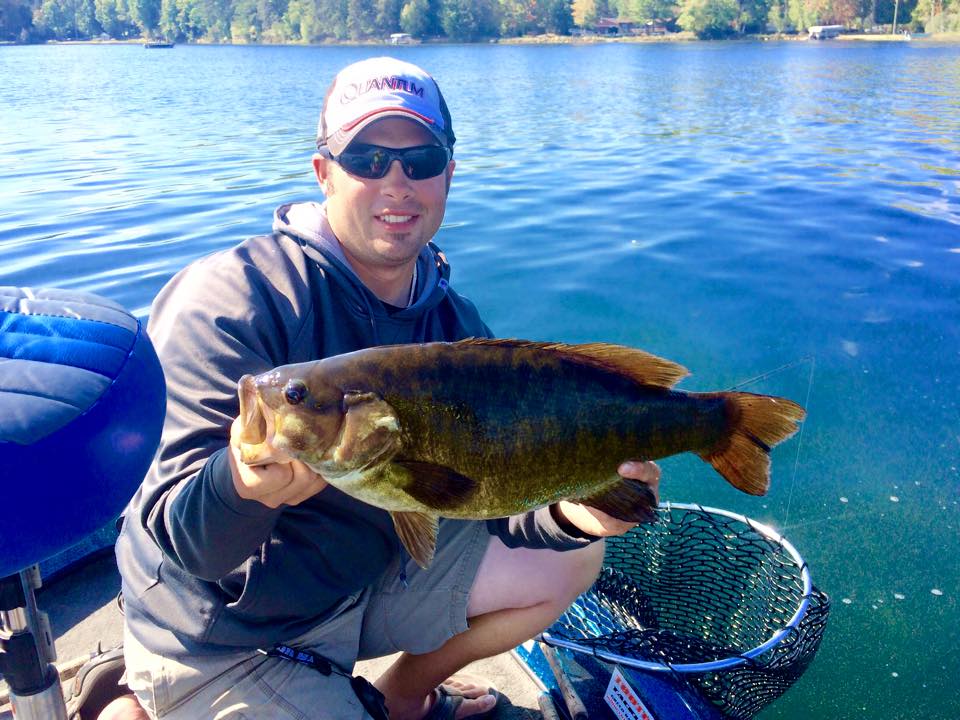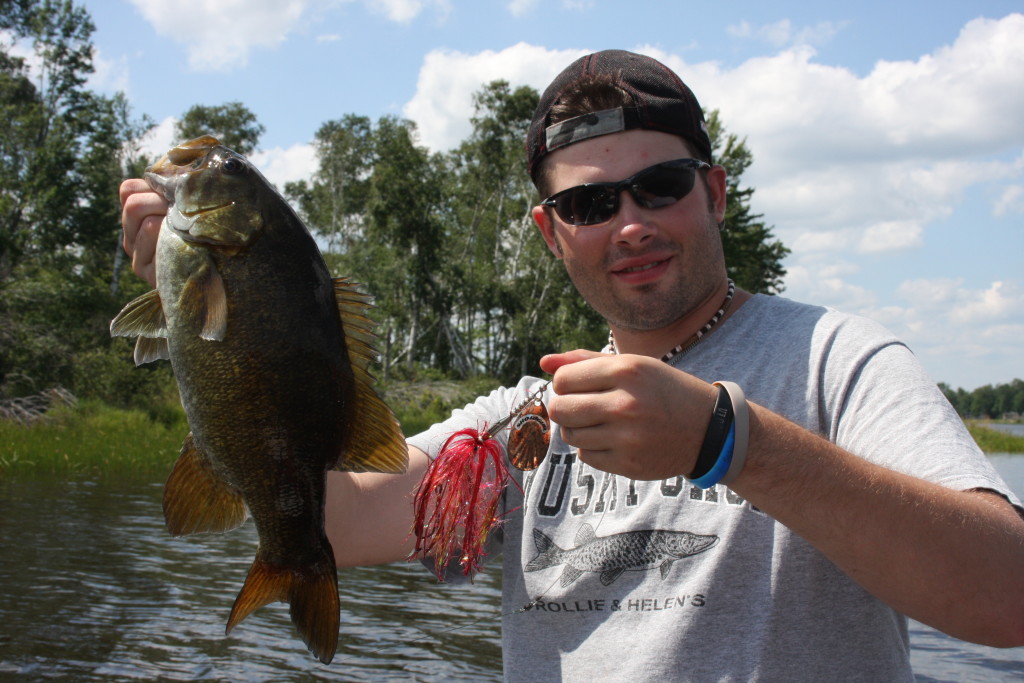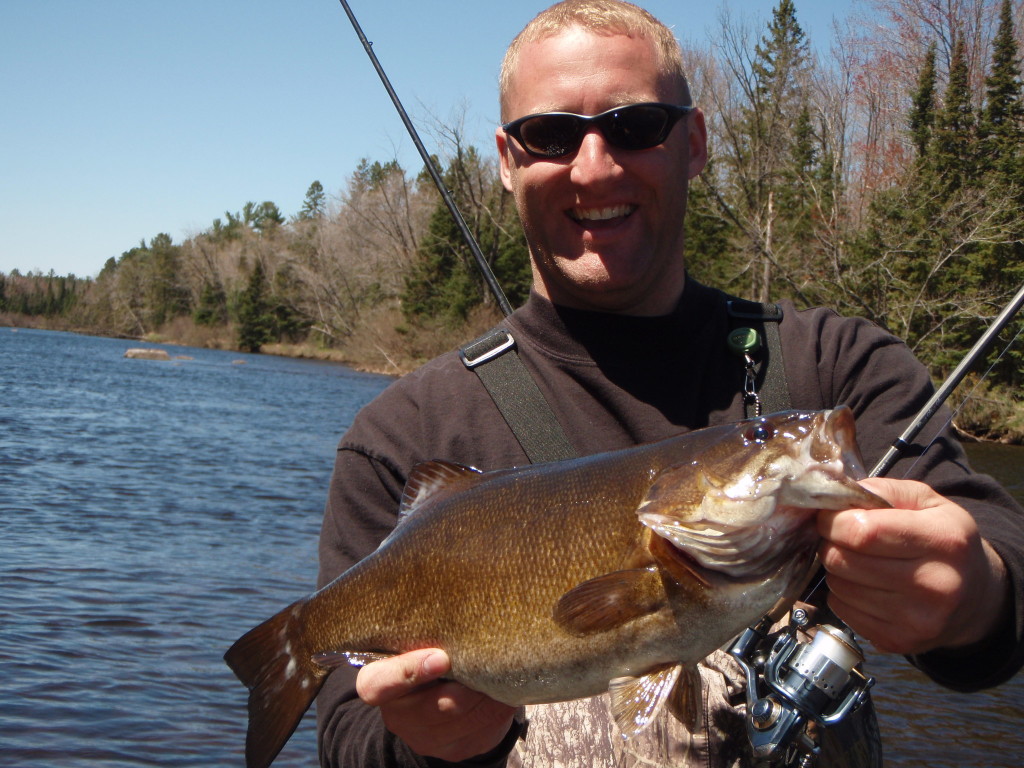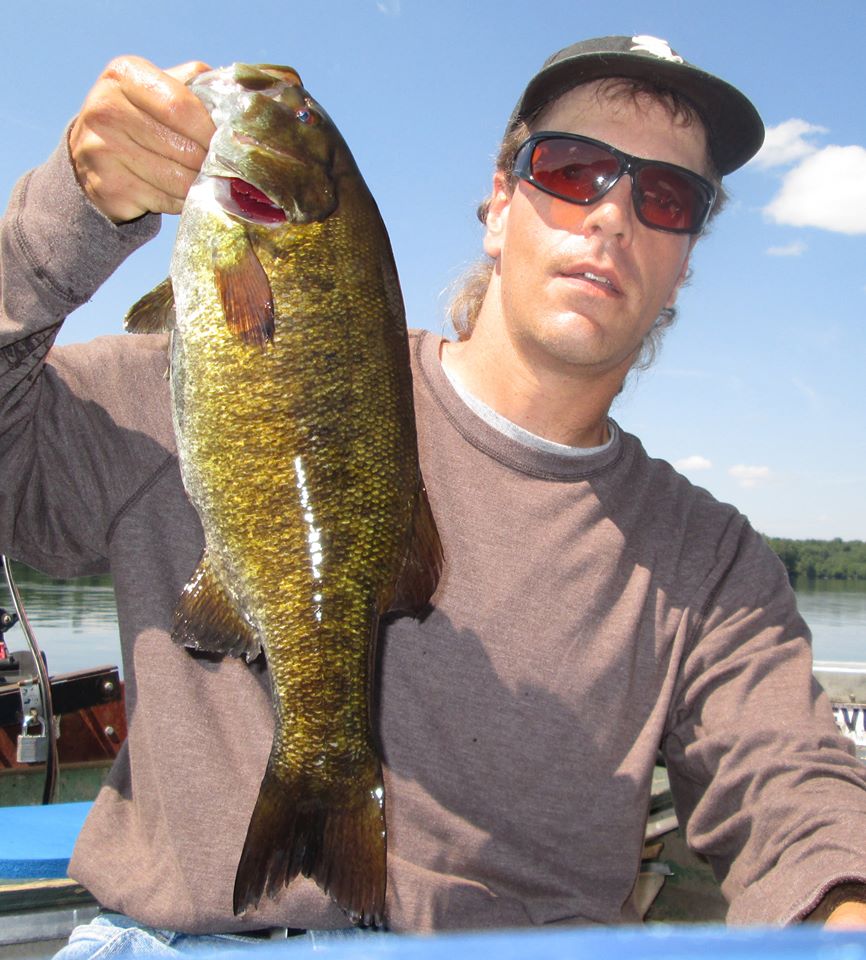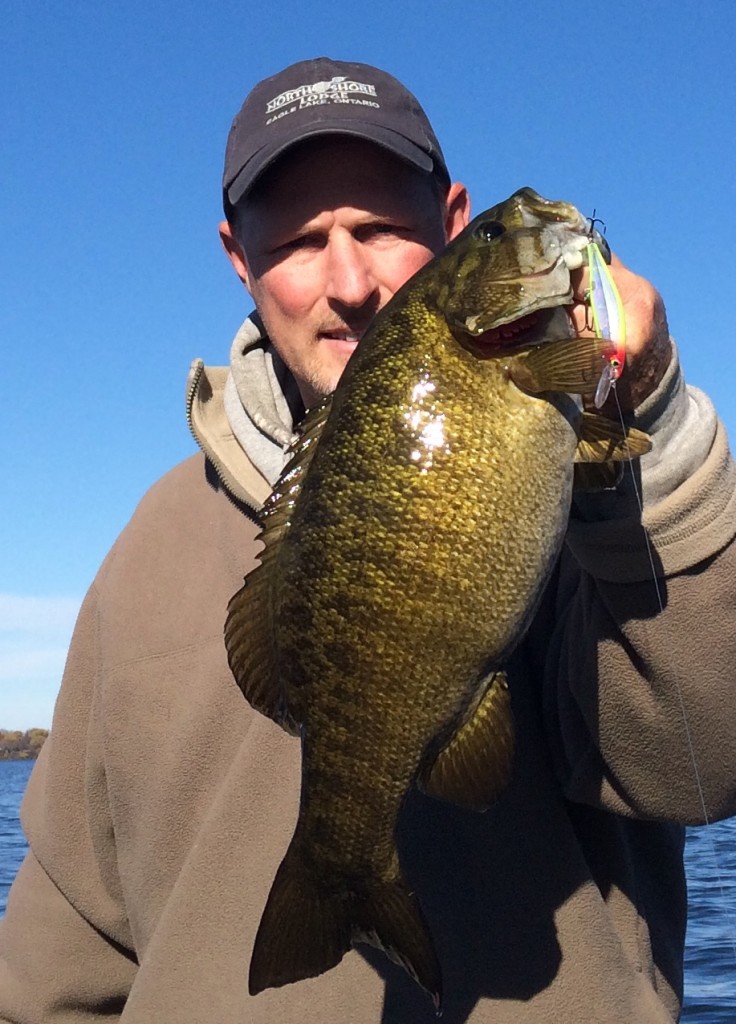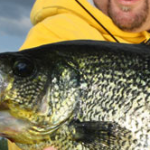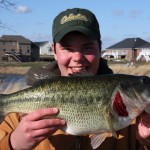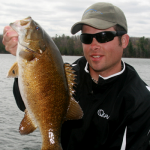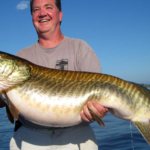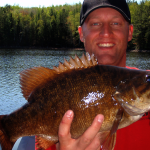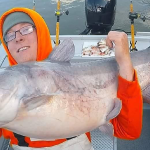By Andrew Ragas
Regardless of how much we know about bass fishing, and the methods we employ to catch smallmouth, the tackle industry and the world of bass fishing continues to evolve. The status quo and modern mainstream techniques rule the minds of bass anglers. As new techniques and product introductions gain momentum and popularity, many anglers have a habit of forgetting about lures and techniques that don’t get used. They also fail to utilize certain others that would be considered outside of the box.
The success we have with our favorite lures and technique-specific methods depends on conditions, fish locations, and habitats. At the front deck of my Ranger, I often keep 10 different rods and reels rigged and ready to combat most smallmouth presentations. In the rod storage compartment below, I then keep an additional 10 wrapped in my Rod Gloves, ready to use if I feel necessary. Though this excessive collection isn’t needed, I’m covered for most every possible bass fishing tactic and it suits my style. The diversity of my boat’s tackle selection has enabled me to become a more versatile angler, have open-mindedness for experimentation, and enjoy the thrills of success with each new experience.
Fishing allows us to express our creativity. The outside of the box smallmouth presentations I will describe might not be considered as out of the ordinary, but they surely aren’t being utilized by smallmouth anglers today. The fact that they produce fish and aren’t popular amongst smallmouth anglers should come as a surprise.
Jigging Rapalas
During the heat of summer, I turn to jigging lures to catch bass from deep open water, and along the deep edges of mid lake rock bars. I began using jigging raps by accident while walleye fishing on my deep, clear, cold lakes of Northern Wisconsin. Since its first accidental catches, I have regularly caught suspended smallmouths from open water as deep as 40 feet.
The jigging rap is no secret to ice and walleye anglers utilizing it for vertical jigging and pounding the bottom. The jigging rap emulates the erratic characteristics of wounded baitfish, and can be both jigged vertical, and casted and worked along bottom with a snap and jerk retrieve. It’s not an every day lure, but one that’s worth keeping in the boat.
Carolina Rigged Flukes

Throughout the Great Lakes smallmouth fisheries, bass anglers have applied Carolina rigging concepts with soft plastic minnows to catch fish from these perch, alewive and smelt-rich waters. Very few smallmouth anglers are using the C-rigged minnow on inland waters. The Carolina rigged fluke is a virtually weedless presentation that maximizes BOTH the coverage of water and expanded strike zones. It fishes best along deeper weedlines, sparser cabbage beds, weed openings and larger pockets, and sandgrass. It can additionally be used around deep structure and drift fishing large flats.
With anywhere from a 1/8 oz to 1/2 oz egg sinker or Lindy No-Snag weight running along main line, separated by a bearing swivel with 18 to 24 inches of 12 lb. fluorocarbon connecting you to the hook, a suspending fluke has never looked more realistic in the eyes of big smallmouth. Rigged weedless on a 2/0 Eagle Claw TroKar HD worm hook, the 4″ GNUGEN Live Minnow, Trigger-X Minnow, and 4.25 inch Flukez by Stankx Bait Company have all received their share of big bites these last few seasons from smallmouths.
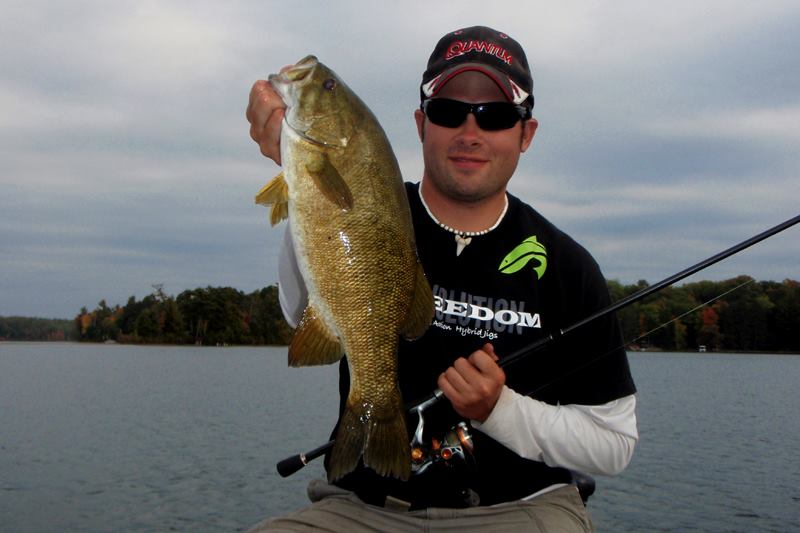
Swim Jigs
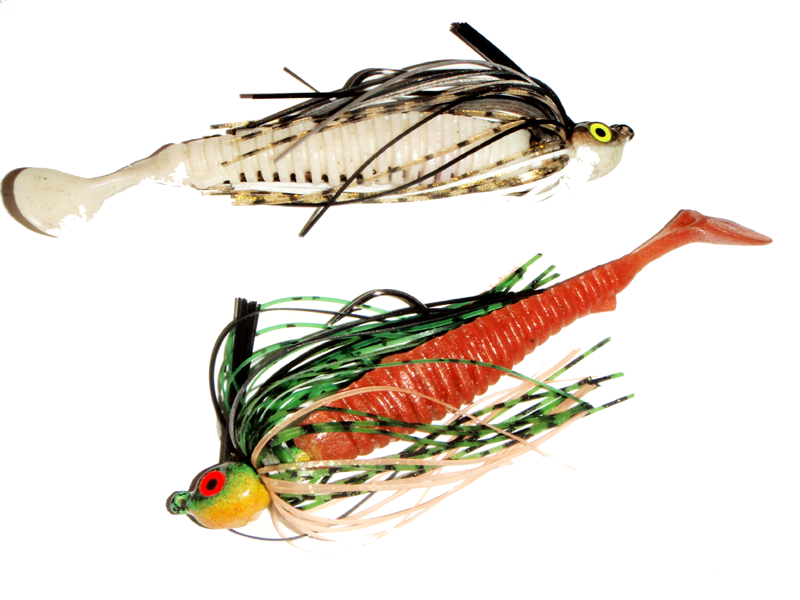
Another set of presentations smallmouth anglers aren’t utilizing enough are swim jigs and ribbed paddle tail swimbaits. This presentation is fished best with slow swimming retrieves and several rips in between, giving smallmouths the effect that the bait is in distress and evading, dropping down into the abyss of weedgrowth, and the rock habitats smallmouths dwell near. A few swim jigs I’ve enjoyed swimming through cabbage beds are Terminator’s 3/8 oz. swim jig rigged with a 4 inch Kalin’s Lunker Grub, and Jonn Graham’s hand-made Warrior Jigs, also 3/8 oz., rigged with 3 and 4 inch Big Hammer Swimbaits, and Stankx Bait Company Damzel. With swim jigs, the importance and success of the technique lies upon the lively swimming action of the trailer and main color scheme of the skirt.
Compact Swimbaits
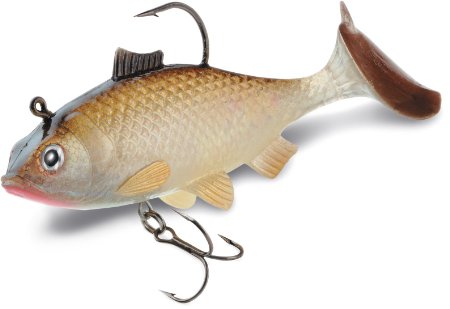
Soft swimbaits catch smallmouth bass as well as they do open water largemouth bass, but few guys still use them when it comes to smallmouths from lakes and rivers. However, I don’t fish my swimbaits for smallies anywhere in or near open water. It’s always done while casting for structure and cover-oriented fish, and during the summertime and fall periods when fish are using the weedlines to ambush perch and other baitfish during their seasonal migrations.
Some of the best swimbaits I’ve used are quite simple, affordable, and very well detailed to represent baitfish and other prey fish. I recommend checking out the Storm WidEye series of swimbaits. They come in packs of three to five in pre-rigged models and accurately represent the real thing. I cannot tell you the amount of smallmouth bass I’ve caught with the shiner and yellow perch colors.
Downsized Musky Bucktails
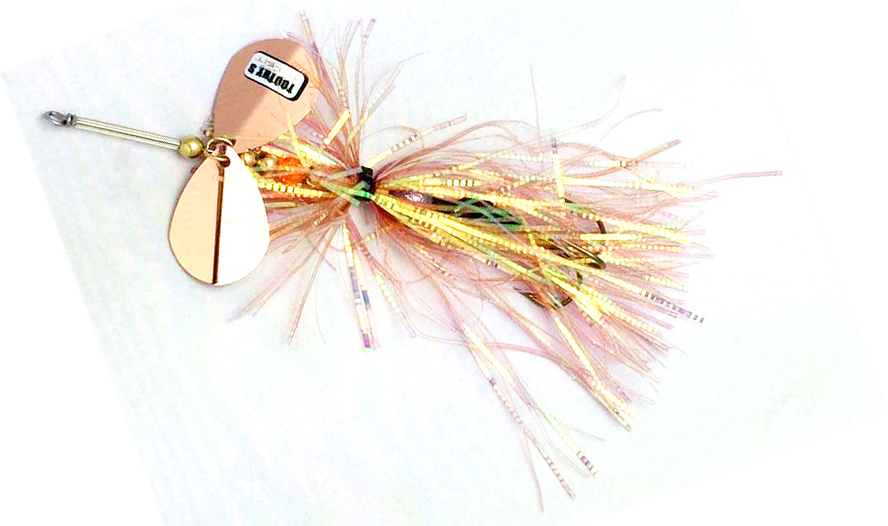
Quite often, musky anglers fishing inline bucktails catch giant smallmouths by accident. Since 2011, I’ve spent a significant amount of time on various Wisconsin flowages and river systems catching smallmouths on musky bucktails, on purpose and by accident. I won’t attempt to convert you to try musky fishing, but I highly recommend upsizing your tackle to accommodate these downsized blades that can be fished successfully in rocks, wood, and weedgrowth. By using a bucktail you can catch some of the largest bass in the entire system.
The most common types of musky bucktails I bass fish with are single and double bladed models in size 5-6-7-8 blades. All are single treble hook lures made from marabou, hair, silicone skirt material, and flashabou. Some downsized musky bucktails I catch smallmouths with are Mepps Musky Killers, Musky Mayhem Showgirls, Llungen Lures S-8 and LT-9, and Toothy’s Tackle Tidbits. Big smallmouths pound on them frequently during summer.
Twintail Grubs
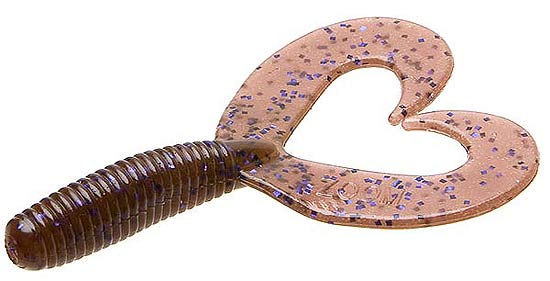
Yesterday’s angling generation experienced the advent of the twintail grub. From there, several variations of twin tail style grubs with tentacles, appendages, and skirts evolved into what’s become known as spider or hula grubs. Because of this, we seem to have forgotten about the original twin tail grub, a simple bait that spawned several variations. Displaying characteristics of crayfish, twintails have become my best producers in recent years on lakes and rivers because they are capable of matching the profile of a bottom-scurrying crayfish. Additionally, they give conditioned smallmouths a downsized presentation, most effective during the spawning season and periods when crayfish are most abundant along lake and river bottoms.
Topwater Floating Minnows
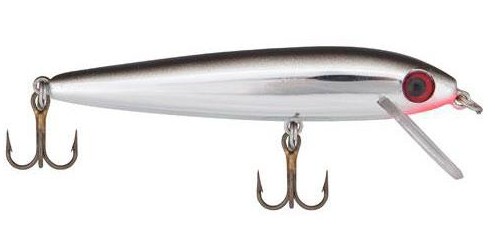
The Original Floating Minnows from Rapala and Rebel Lures are some of the oldest and most effective fishing lures in freshwater angling history. One such trick I’ve learned is how to fish them as a topwater.
I was introduced to this method during a 2014 late summer trip to Rainy Lake, Ontario. Fellow smallmouth aficionado, Johnny Amato, illustrated the effective manipulation you could give to the minnow with the proper light action rod and line.
What I observed is twitching the Rebel Floating Minnow across the surface is a good way to get exciting topwater strikes when presented with calm conditions. Through mid-summer, this simple surface minnow presentation works well on calm mornings and evenings around open water areas where smallmouths are busting schools of baitfish on the surface. When it’s calm, smallmouths will see and hear subtle surface baits from a distance. Bite size minnows like these draws them in.
Sculpin and Goby Imitators
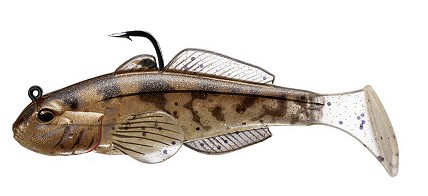
In the Great Lakes, one of the most abundant smallmouth forage species is the invasive round goby. These small, 2 to 4 inch bottom-dwelling fish lack a swim bladder and are always confined to the lake’s bottom, utilizing the same rock habitat as the smallmouth.
Several tackle manufacturers have created goby imitation tubes and plastics to match the hatch. When fished properly, the goby imitating plastic is deadly. What many smallmouth anglers are unaware of is that the goby’s cousins, the sculpin, a native fish species, flourishes in many of the lakes and rivers we fish. Most bass anglers still don’t know of their existence outside of the Great Lakes, which is why I’ve taken goby and sculpin imitating plastics and swimbaits to my inland waters of the north.
Paddle tail plastics such as the Stankx Bait Company Gobius Drop Swim 3.5 and Sultress, Live Target Goby, and Poor Boys Erie Darter are made for dragging and hopping by jig as well as drop shot. Meanwhile, the the Stankx 4.5” Gobius, a hand poured replica with an internal weight system, and Storm’s WildEye Goby excel when swam along the bottom.
Weightless Amphibians and Reptiles
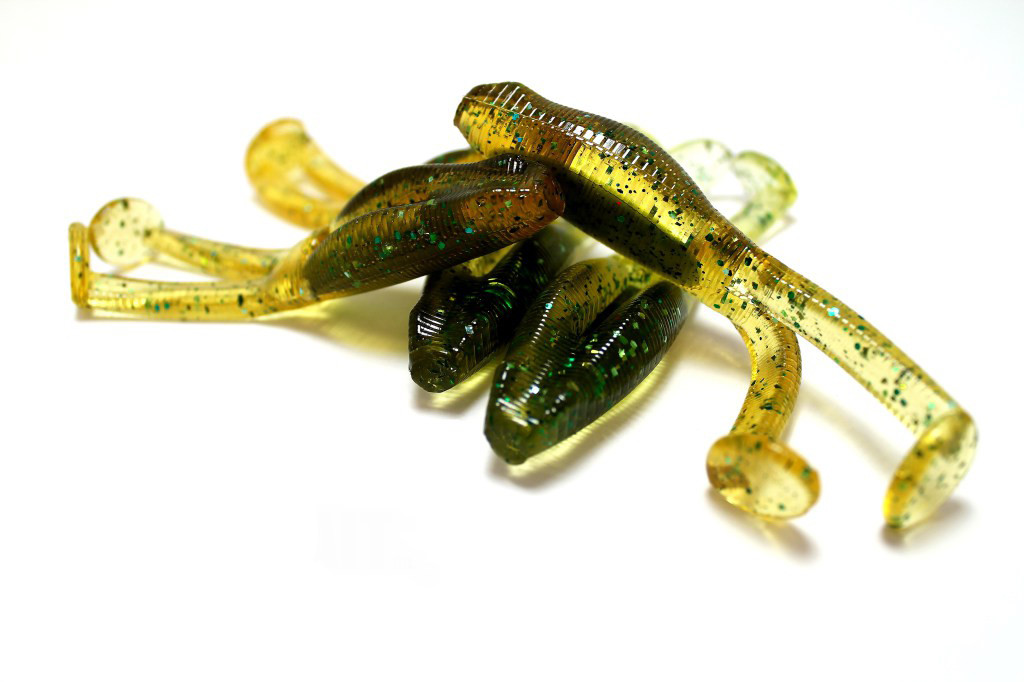
Frogs and lizards are never considered top options in smallmouth bass fishing. Despite that, these reptiles and amphibians are forage items in lakes and reservoirs where smallmouths use shallow weedgrowth and vegetation. Frogs and weightless lizards are great to retrieve across the surface because almost nobody smallmouth fishes with either, and smallmouths haven’t been conditioned to them.
There are three main categories of frogs to consider: Poppers such as the Spro Bronzeye; soft and hollow bodied frogs such as the Stanley Ribbit, Stankx Bait Company Buzz Frogz, Zoom Horny Toad, and YUM Buzz Frog.
Many of today’s surface topwaters have been designed under the frog influence. It’s a special feeling and unique fishing experience to catch smallmouths on a soft plastic surface presentation that more accurately resembles the living creature, which nobody is doing.
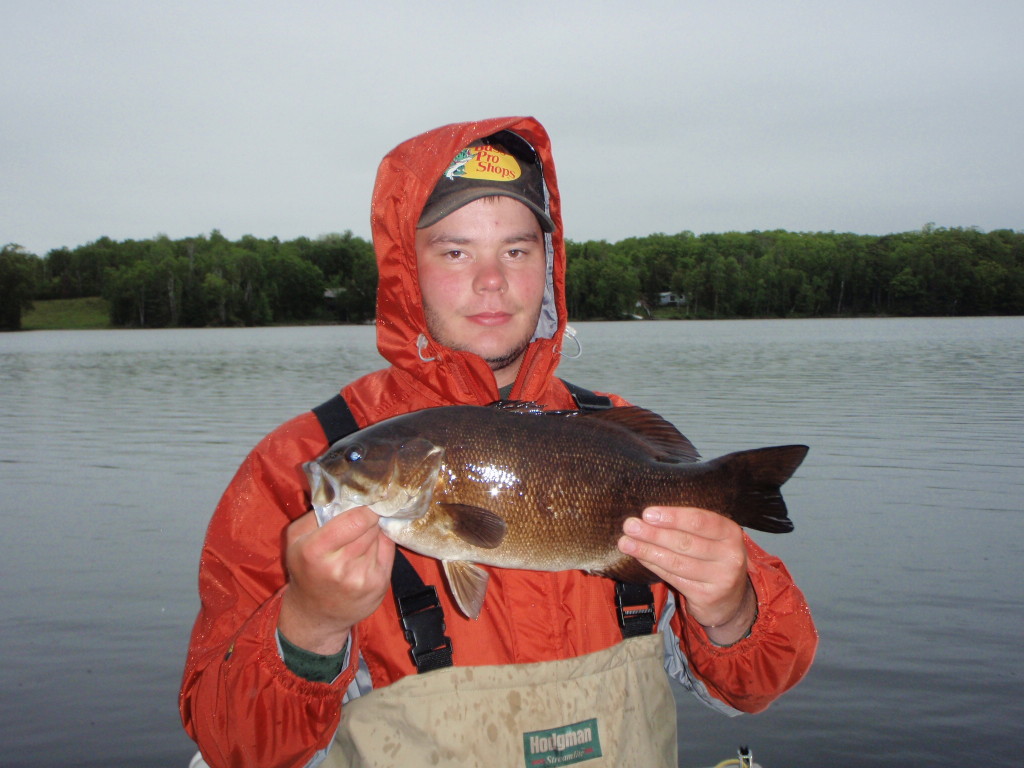
Strolling and Trolling

Strolling is a slow jerk trolling tactic performed with jerkbaits and deep diving hardbaits. This technique involves the use of your bow-mount trolling motor and precision boat control and speed to artificially present your minnow imitating plugs. Speeds typically run between 1 to 2 mph, and frequent rod snaps add an erratic action for triggering followers to strike. Electronics and GPS allow for necessary accuracy to determine the smallmouth’s depth and location, which then helps choose the best bait to target them.
Slow trolling for smallmouths became one of last season’s best techniques. It grew in popularity amongst my circle of friends after Wisconsin finally legalized trolling on its inland waters. My good friend Cory Painter experimented with the technique on his home waters of the Madison Chain in Wisconsin. On Lakes Mendota and Monona, smallmouths frequently scatter and roam throughout the open water regions and along deep milfoil weedlines in depths as great as 25 feet. Strolling the Rapala Shadow Rap 13, Painter was able to efficiently cover large expanses of water throughout summer and fall, and minimize the time needed to locate fish. Once individual fish were located, he was then able to focus on the general area near his waypoints for additional fish. The technique was successfully replicated on many other smallmouth waters following its break-out in Madison.
The process of lure selection offers anglers creative outlets to expand upon the thought and ideas of acceptable presentations. The outside-of-the-box smallmouth presentations I’ve shared aren’t new, but what makes them special is most smallmouths aren’t conditioned to them. With an open mind and willingness for ingenuity, consider these 10 ideas to become some of your newest bags of tricks entering the 2016 season.


